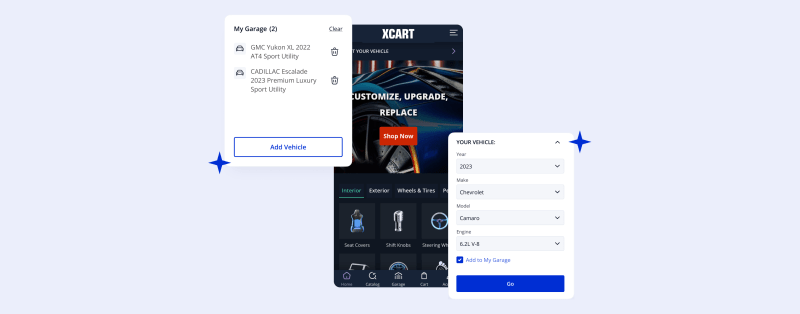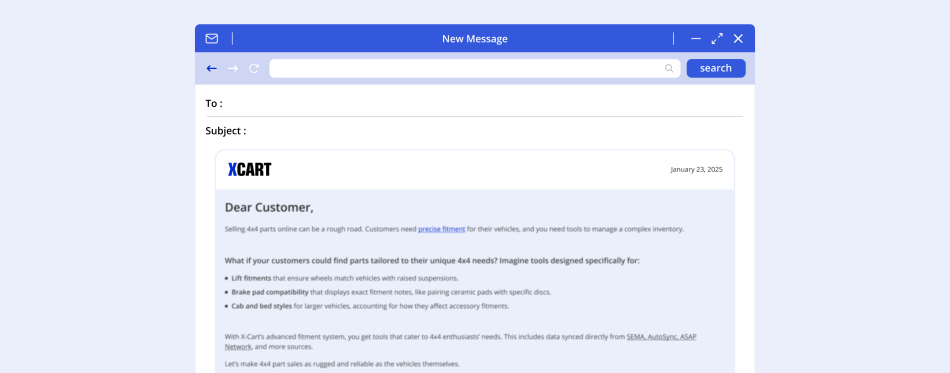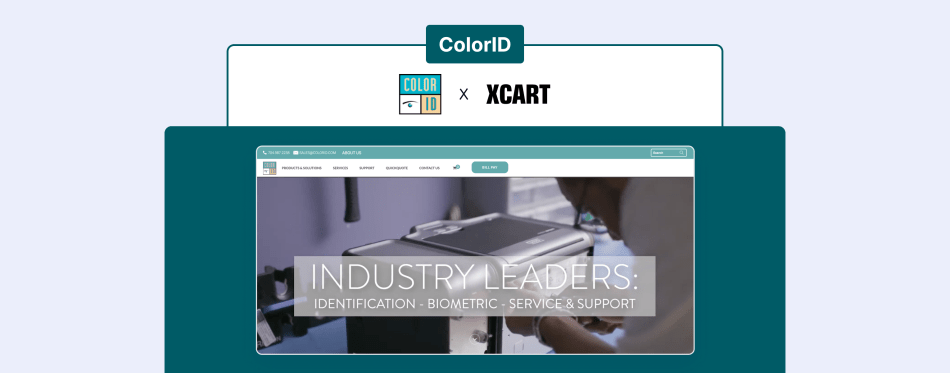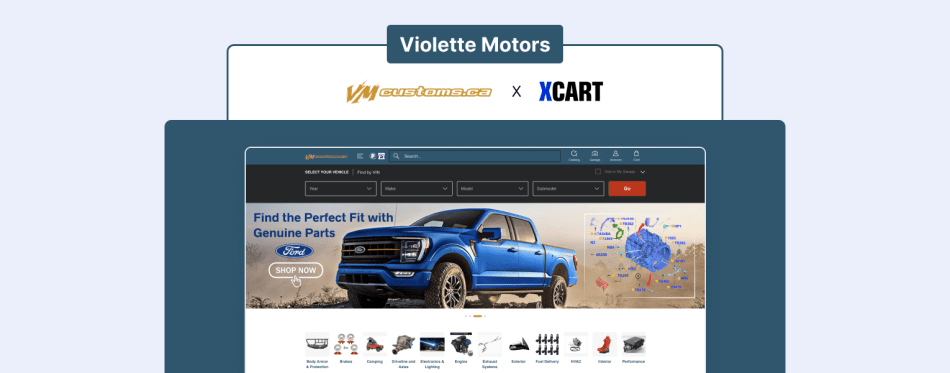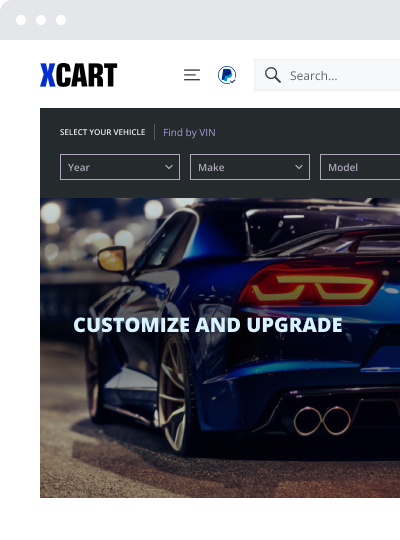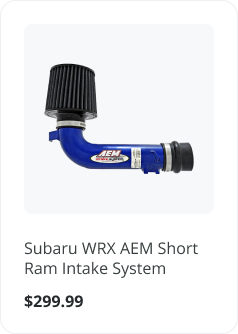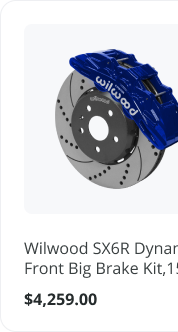Automotive Customer Experience Tricks to Sell More Auto Parts
Modern customers are buying products and services differently, and they’re expecting more. Officially, traditional catalogs and slow in-store purchasing processes are relics of the past. Speed, accuracy, and convenience on any device now dictate success, and automotive brands that fail to adapt risk being left in the dust. However, research says that few companies manage to keep up with customer expectations, as 70% of customers abandon their shopping carts.

Now is a good time to fine-tune your auto parts store’s customer experience and make more consumers go all the way from the first click to payment. Let’s break down how digital channels are changing the automotive customer experience (CX) and the ways sellers can attract, engage, and retain users across their buying journey.
Automotive Customer Experience Trends
Gone are the days when auto parts buyers had to rely solely on brick-and-mortar stores with limited inventory. Customer experience trends in the automotive industry show that today’s customer preferences are convenience, accurate product data, real-time availability, and user-friendly, fast shipping. That’s why users crave automotive omnichannel experiences, where online platforms, direct-to-consumer websites, and traditional automotive retail stores work together.
With this approach, shoppers can:
- Pick the most optimal pricing and shipping for the expected value;
- Pay with the method that suits them best;
- See which automotive brands allow them to do this all the fastest.
Despite spending a lot of time online browsing parts, brand loyalty isn’t a default, and customers don’t hesitate to return what they’ve bought. Over 85% of online buyers return their purchases after they arrive because they’re not the right fit. This is another sign of how much better retailers could do with their customer experience efforts in the automotive industry.
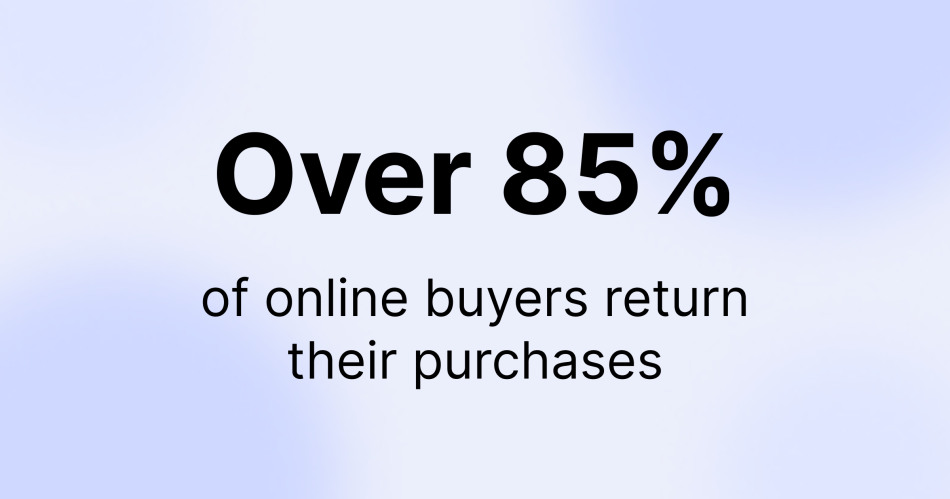
In addition to other customer interaction trends in automotive retail, buyers now expect real-time inventory updates, personalized recommendations, valuable insights, and exceptional experiences. Major digital retailers like Amazon have long capitalized on individual preferences to win their quarterly parts sales share of 12%. The good news is that any automotive retail user interface can use digital hacks to become closer to Amazon’s success or work hand-in-hand with the giant to stay ahead.
Digital Hacks for Better Automotive User Experience
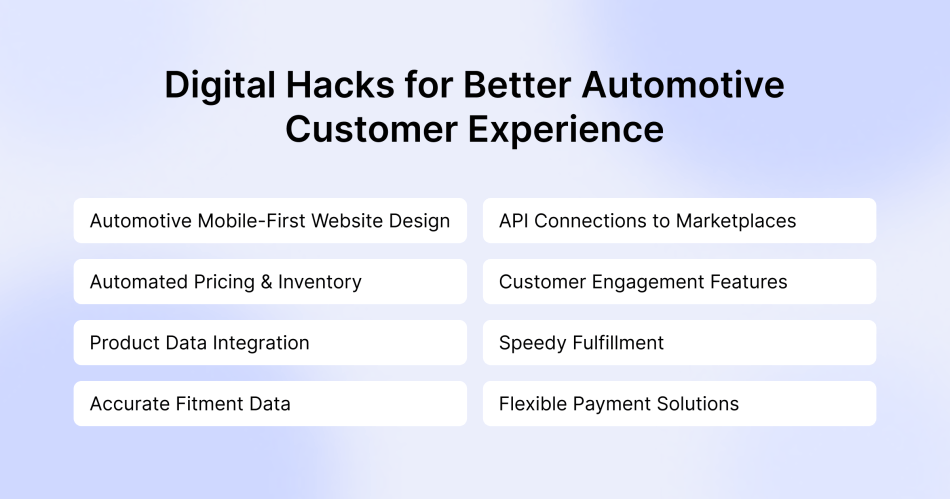
Digital transformation in the automotive industry is, indeed, about moving sales online, but there’s more that helps replace in-person interactions. Automotive customer experiences that are intuitive, data-driven, and customer-focused win the biggest portions of sales in various channels. Usually, automotive retail websites with the ultimate customer experience have the following components:
1. Automotive CX with Mobile-First Website Design
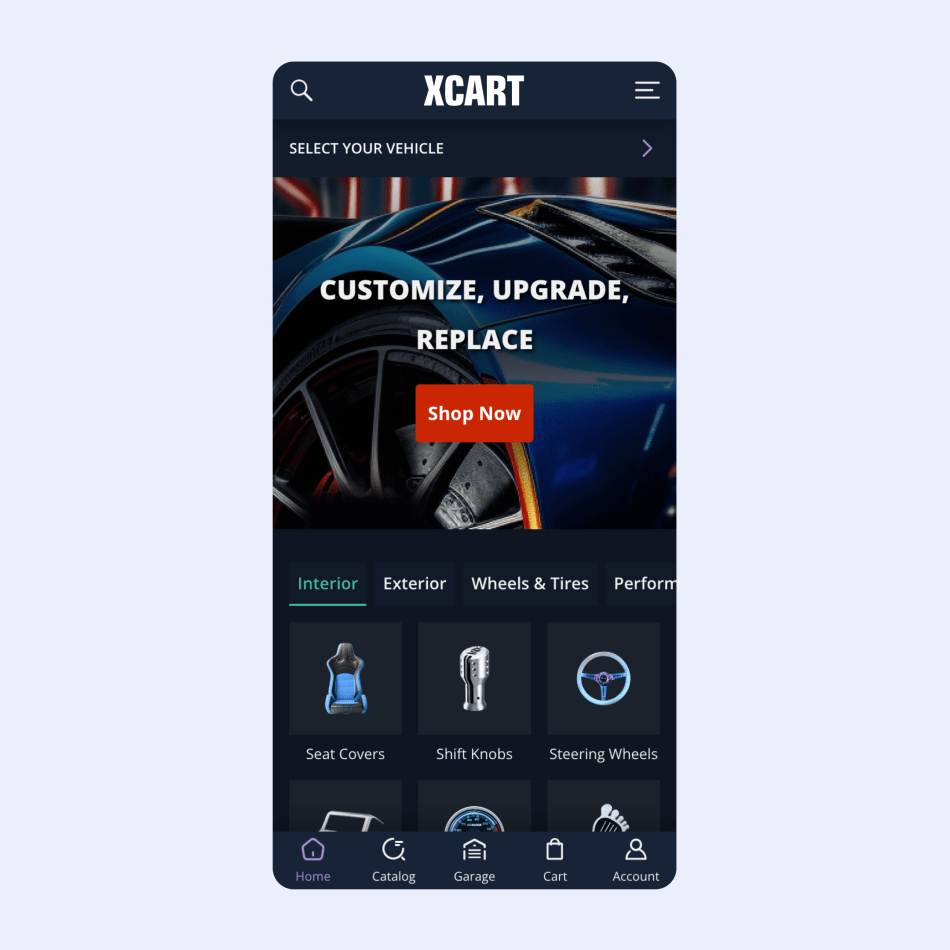
A cluttered website can drive 50% of potential customers away or even ruin their day, and mobile-first, automotive-specific templates should be a top priority when setting up a buyer’s unique journey. These automotive UX design templates give a seamless experience in the automotive industry across all devices and browsers without the need for expensive custom development and technology.
And, if you’re a manufacturer thinking about cutting out the middleman and selling auto parts directly to potential customers, there’s another smart move to build strong connections. A dedicated D2C eCommerce platform will give you full control over branding, pricing, sales, operations, dealerships, and customer preferences and pain points.
2. Automated Price and Inventory Updates
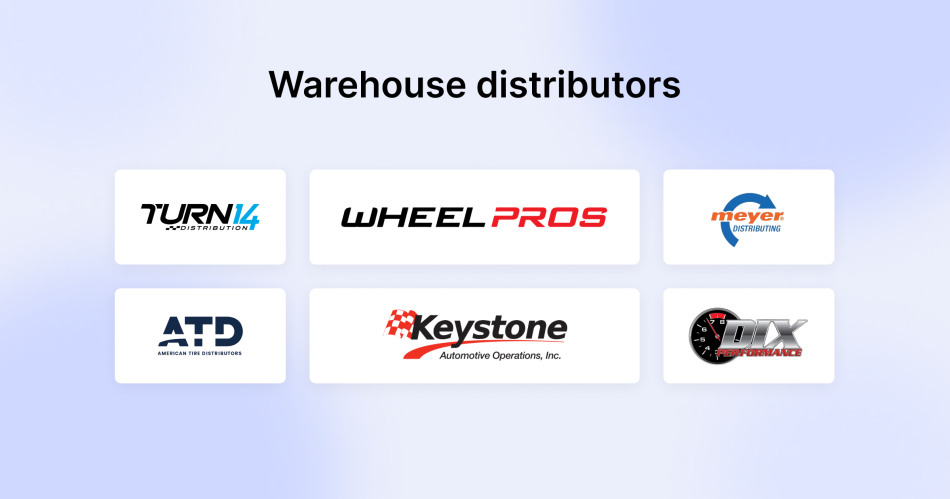
An online automotive retail store thrives when it consistently displays accurate pricing and stock levels. Just one negative customer experience is enough to push 50% of automotive users to competitors. Fortunately, in today’s automotive world, where a single store can offer thousands of SKUs, integrations with reliable automotive brands like Wheel Pros, Turn 14 Distribution, or Meyer Distributing make managing inventory much easier.
With this feature, whenever a supplier updates their stock, your store automatically reflects those changes so that users always see the most up-to-date pricing and availability throughout their entire journey.
When handling a large inventory, it’s also important to remember that each automotive supplier has a unique pricing structure and product categories. Your automotive retail platform should allow for flexible pricing and import strategy customization to execute smart growth tactics and improve customer satisfaction.
3. Product Data Integration
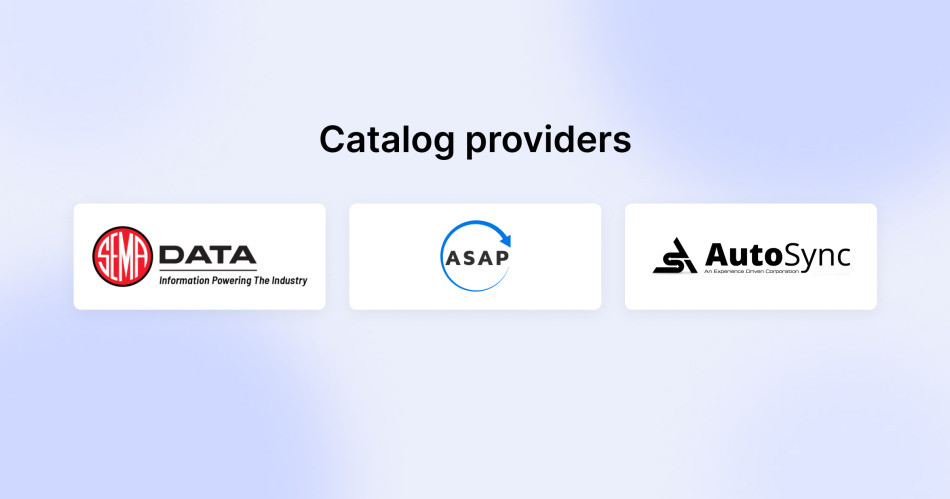
Product data accuracy is just as crucial as pricing and availability for satisfied customers. It’s handy for auto parts retailers to automatically fetch the latest product details from trusted sources like SEMA Data, ASAP Network, and AutoSync for popular brands. This means you won’t have to manually input product specifications, fitment details, or images, and your listings will always be up-to-date and correct.
On the other hand, your potential and returning customers will have instant access to a wide range of parts and accessories from multiple sources in one place (your automotive CX).
Product data automation also supports customer trust in another key way. In the automotive industry, online stores must comply with strict standards throughout the buying journey. Going for product data automation, you will automatically meet ACES and PIES standards with no time and effort.
4. Accurate Essential Fitment Data
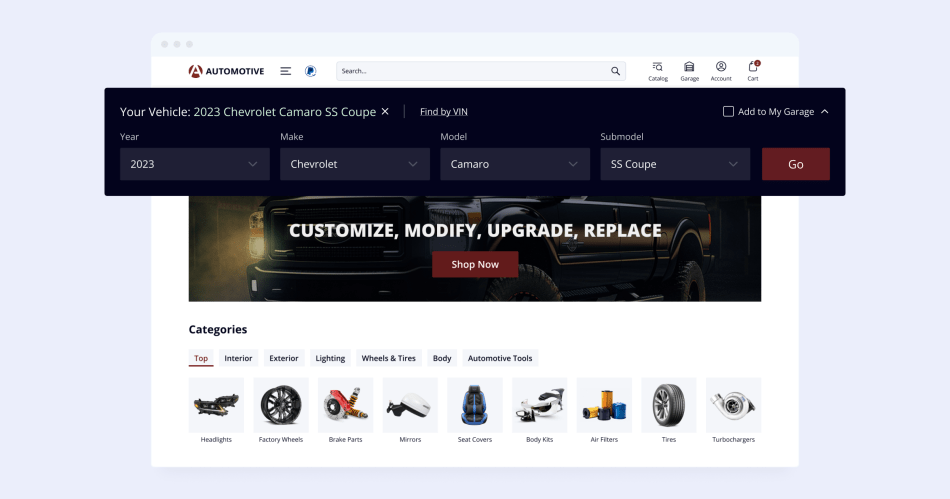
Every incorrect order chips away at profits and customer satisfaction. One of the smartest ways to slash return rates is by equipping buyers with precision search tools. Let them filter by year/make/model, VIN, bolt pattern, engine type, cab size, and more.
Helping customers visualize their purchases in virtual showrooms is another hack. For example, X-Cart’s 360-degree viewer lets buyers see how wheels, tires, and other parts will look on their vehicles before checkout. Some tools even offer lift adjustments for higher confidence before clicking ‘buy’ and making returns a rarity.
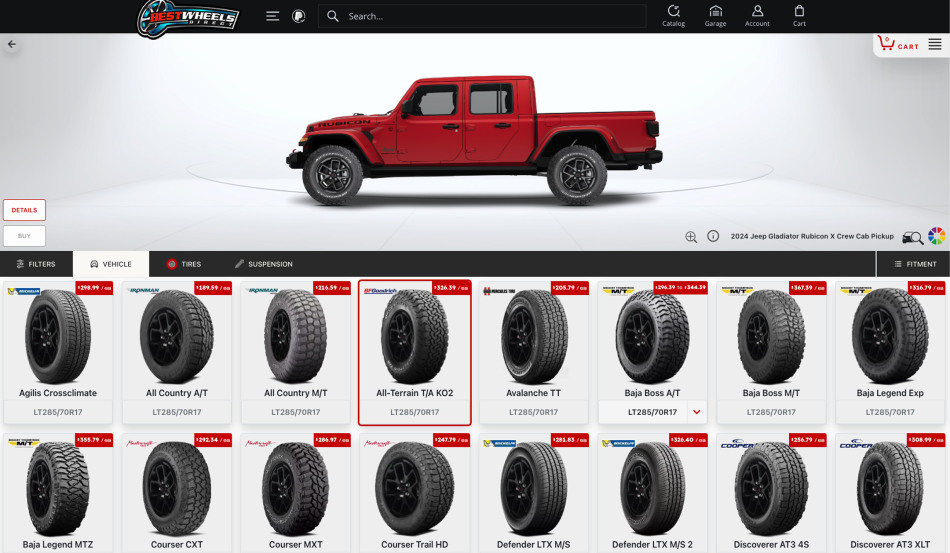
Plus, even small enhancements can make a big impact on customer experience. Autocorrecting typos in vehicle details eliminates frustration in the buying journey and prevents mismatched parts. Smart search and auto-suggestions will lead every query straight to the right component in seconds.
5. Direct API Connections to Marketplaces
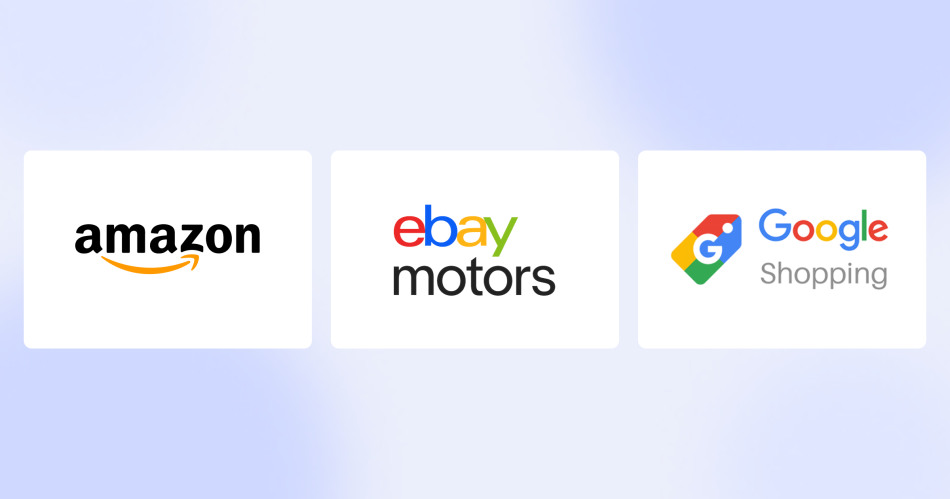
If you want to improve the automotive customer experience, you need to be where your customers are—everywhere. Online buyers can have one to 50 customer interactions before making a purchase, so the more various touchpoints you have, the better.
Brands that focus on their buyers choose to be wherever they are in their automotive customer journey. Accurate product data pulled with API connections across all platforms, such as Amazon, Google Shopping, or eBay Motors, gives them more opportunities to do this and nurture satisfied customers.
6. Automotive Customer Journey & Engagement Features

While one-time conversions are great, repeat business is the source of real customer satisfaction and business growth in the automotive industry. Features like X-Cart’s My Garage let car owners save their customer data and receive personalized recommendations for original and aftermarket parts. This is how you can encourage customers to return to your site for quick and easy purchases whenever they need car parts and accessories.
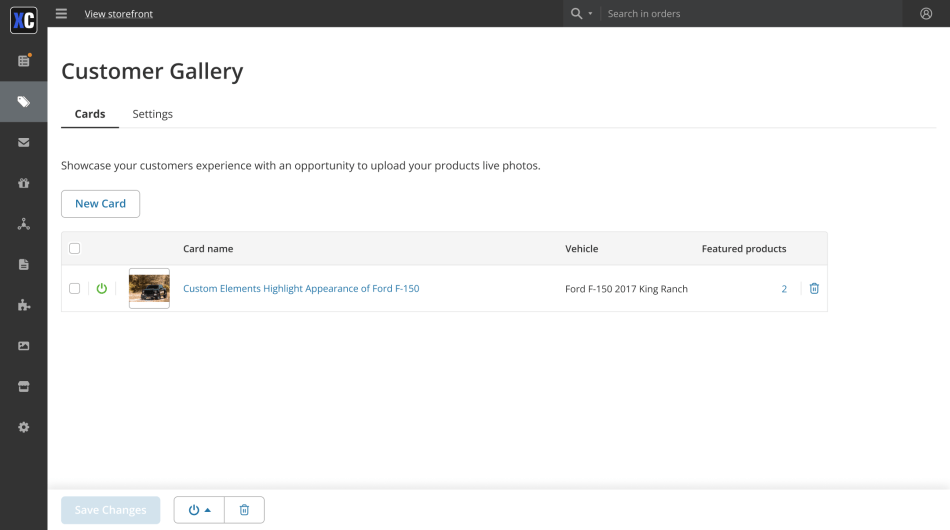
Another powerful feature is the Customer Gallery, which allows users to share photos of their vehicles and the parts they’ve purchased. This not only helps create a sense of community and improve customer loyalty in automotive industry but also provides inspiration for other consumers. According to research, such user-generated content can more than double the likelihood of a purchase.
7. Speedy Fulfillment & Shipping
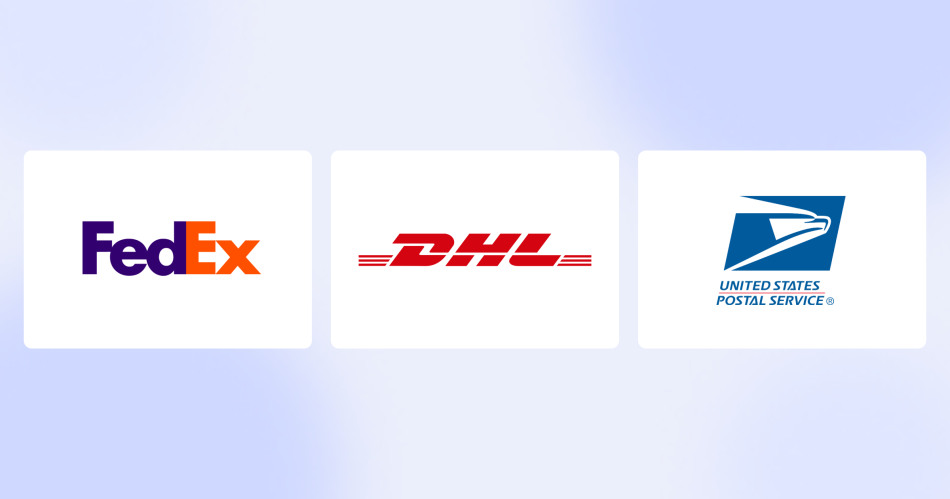
Automotive order fulfillment is a strong factor in customers’ decisions to buy more from a brand. This process can become much easier with real-time inventory tracking and low-stock alerts. This way, you can easily sync orders with suppliers or platforms like Amazon. Plus, you can customize order statuses and customer information to suit your needs to track and manage them faster.
When it comes to shipping, there are tools for both domestic and international carriers, offering multiple delivery options as one of the key differentiators. With real-time carrier-calculated shipping rates for USPS, FedEx, or DHL at checkout, there are no surprises that can spoil customer experience at the final stage.
8. Flexible Payment Solutions with Safety Features
Today, people expect to find great deals quickly, as searching for the right car parts can already be a time-consuming customer journey. Offering the right payment options can boost conversion rates by up to 30%, so a wide range of payment methods—including express options—is what your customers need. The platform you use to sell parts should integrate with global payment gateways so customers can complete their purchases smoothly, no matter where they are.
Now you can see how digital is changing the automotive customer experience. So, loyalty and customer experience in the automotive industry aren’t just about discounts and reward points. Modern car owners require trust, efficiency, and an exceptional automotive user experience every time.
It’s Time to Lead the Automotive Industry Retail
Auto parts sellers need to keep up with automation, precise fitment, user experience design, and omnichannel trends, which are becoming the norm in customer interactions. Platforms like X-Cart offer all the features for a high-level automotive user experience in one place. In a competitive industry where every second counts, investing in the right digital tools is always a good idea.
Want to improve your automotive CX? Now is the time to automate, integrate, and elevate your customer journey with X-Cart!
Don’t wait—improve your automotive UX today!
About the author

